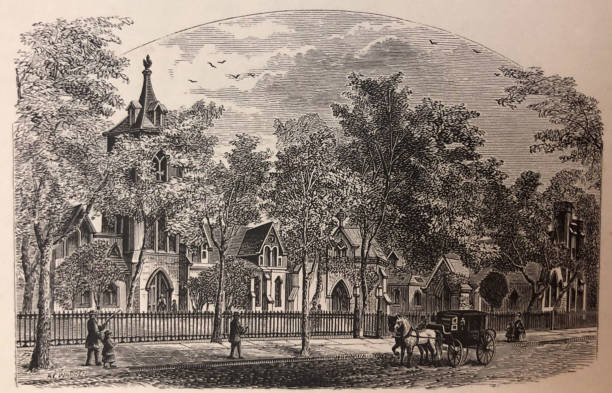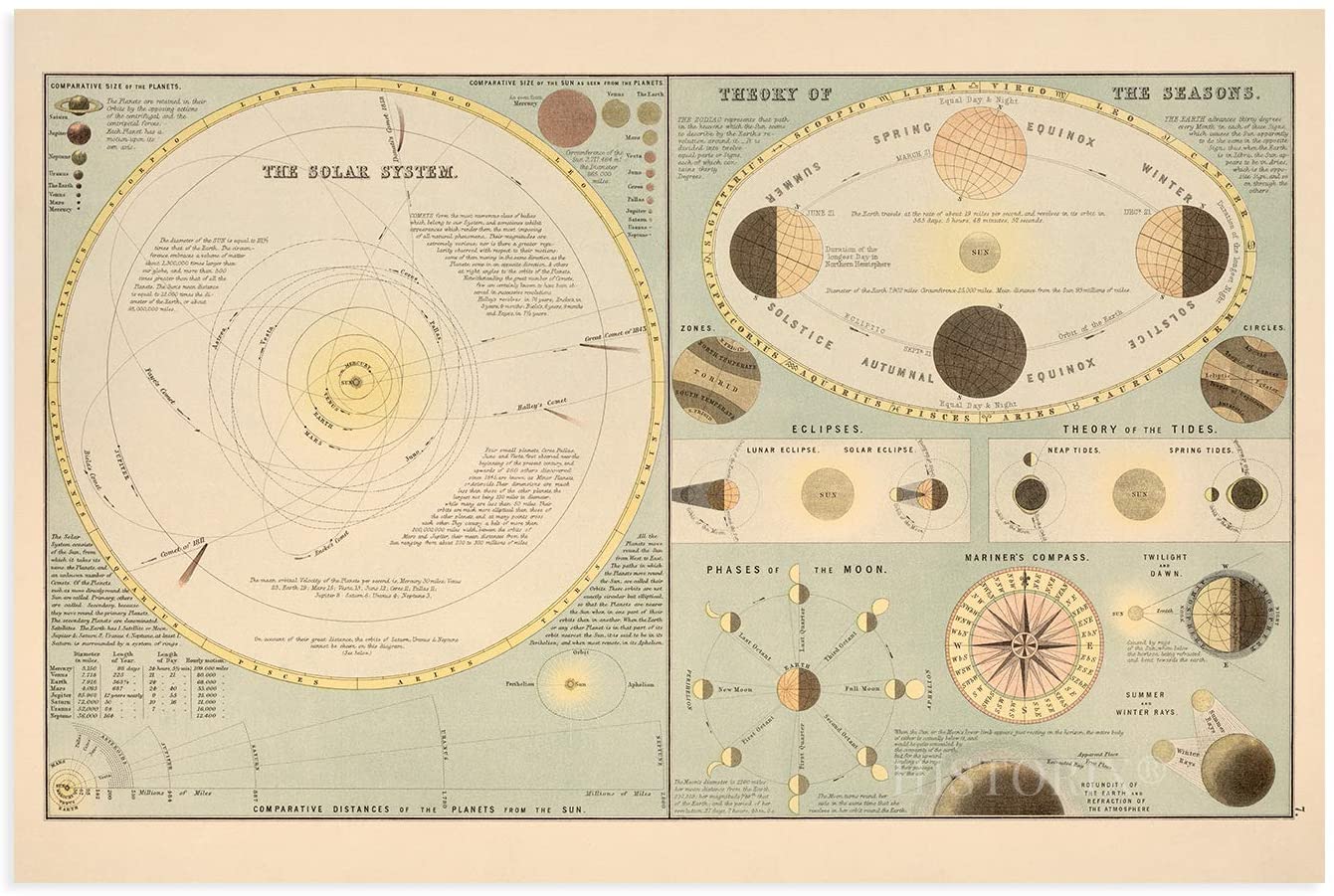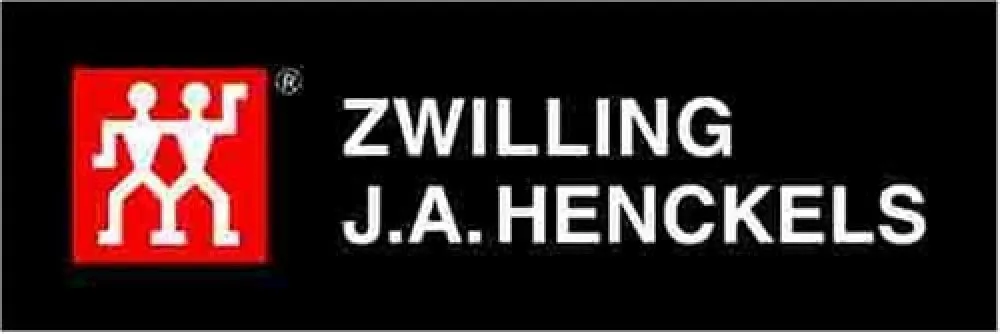How To Understand and Use The Almanack
B
eginning with the 2021 edition, the calendar pages have been completely redesigned, returning them to our classic Almanack style found in issues for almost two hundred years, up to 2007. (From 2008 through 2020, data were included for all parts of the lower 48.) The current format is simpler and easier on the eyes since many columns and pieces of information have been removed. The columns are as follows: The day of the year; the day of the month; the day of the week; and Remarkable Days (feast days, namesake days, saints’ days, holidays, etc.). Then follows a group of columns relating to the Moon: South (time when the Moon crosses the central meridian, the imaginary line in the sky from the south point on the horizon, through the zenith, to the north point; also called Moon Transit); either Rise or Set time, whichever occurs in darkness; Place (Zodiac sign) and Age (number of days since the last New Moon). Next comes the Aspects column; it contains data on Moon Phases, up and down signs, ascending and descending nodes (for Moon and planets), eclipses, conjunctions, oppositions, occultations, and other miscellaneous information, including South (Transit) of the planets and possibly some asteroids (Ceres, Juno, Pallas, Vesta). Then follows a group dedicated to the Sun: Transit (for the horizon of Hagerstown, useful for setting or compensating for your sundial); Sunrise; and Sunset. Finally, the last column is Old Style (calendar), or dates that would be correct if the Julian Calendar were still being used. (One sometimes comes across a date marked O.S., which stands for Old Style and means the date is not according to our modern Gregorian Calendar.)

DOMINICAL LETTER. One of the first seven letters of the alphabet, used to mark the relation of Sunday to the start of the year and to aid in determining the date of Easter. Start with A on January 1 and count until Sunday. That letter is used for the whole year, except in Leap Year when at the end of February, the letter changes to the one preceding. The cycle repeats every 28 years.
EPACT. The age of the Moon on January 1. Age is the number of days since the last New Moon.
LUNAR CYCLE (GOLDEN NUMBER). A period of 19 Julian years amounting to very nearly 235 lunar revolutions, at the conclusion of which the phases recur at the same time of the year. It indicates the place of a year in a metonic cycle of 19 years used in calculating the date of Easter. Add 1 to the number of the year and divide by 19. The remainder is the Golden Number. (If the remainder is zero, the Golden Number is 19.) It was often printed in gold on calendars.
SOLAR CYCLE. A period of 28 years at the end of which the calendar repeats exactly.
ROMAN INDICTION. A period of 15 years. Add 3 to the year number and divide by 15. The quotient gives the number of indiction or cycle, and the remainder the position in that indiction.
JULIAN PERIOD. Add 4713 to the year number of the Gregorian Calendar.
EMBER DAYS. Twelve days in each year, three in each season, for fasting and prayer. Wednesday, Friday, and Saturday after the first Sunday in Lent, after Whitsunday, after September 14, and after December 13. (Ember Days are now included in the Christian Holydays.)
MORNING AND EVENING STARS (see column on page 46 of the hardcopy or digital versions). The bright planets are morning or evening “stars” according as they appear to the west or east side of the Sun. Mercury and Venus (inferior planets) are morning stars from inferior to superior conjunctions, and evening stars the rest of the time. The rest of the planets (superior) are morning stars from conjunction to opposition (with the Sun), and evening stars from opposition to conjunction.
INFERIOR AND SUPERIOR PLANETSInferior planets are those whose orbits lie inside that of the earth, as Mercury and Venus. The superior planets are those whose orbits lie outside that of the earth as Mars, Jupiter, Saturn, etc.






















